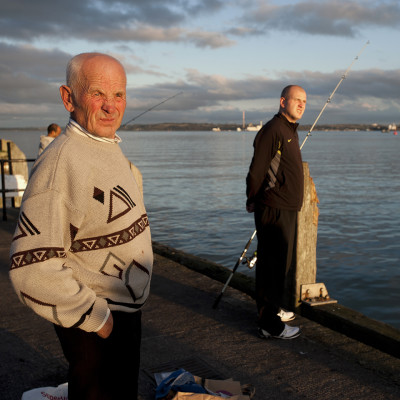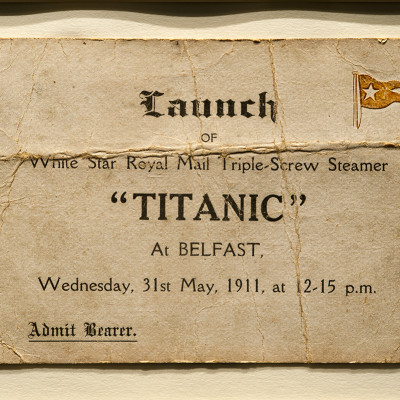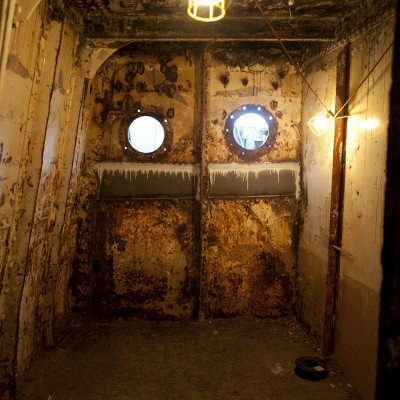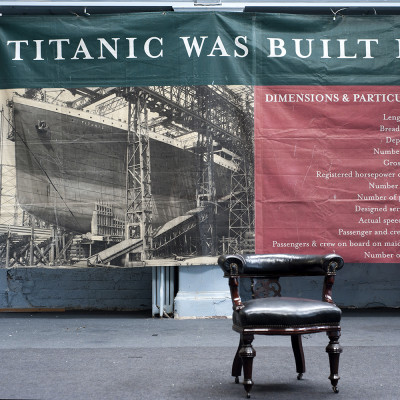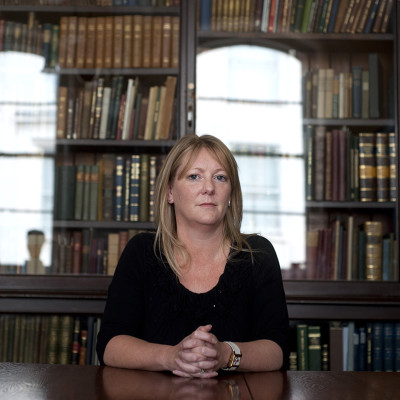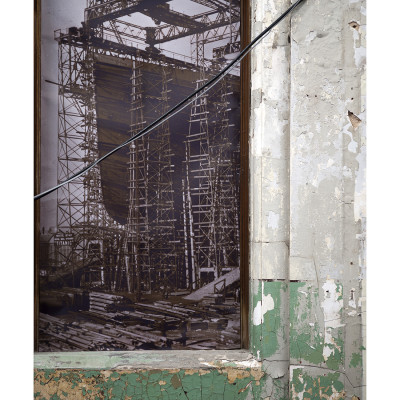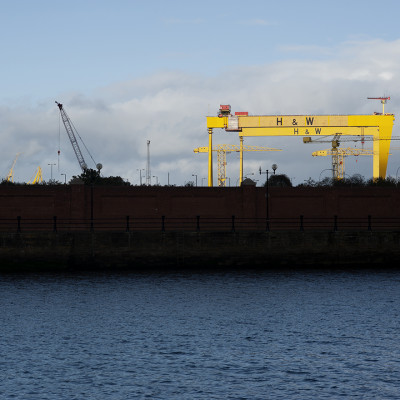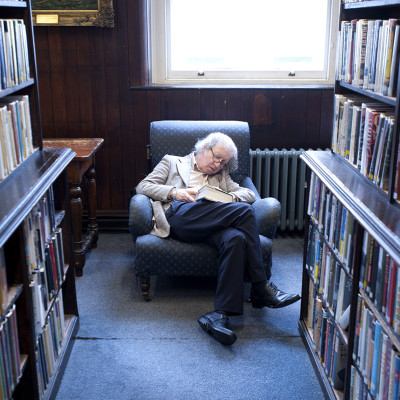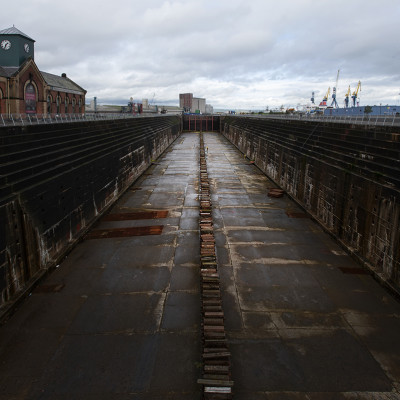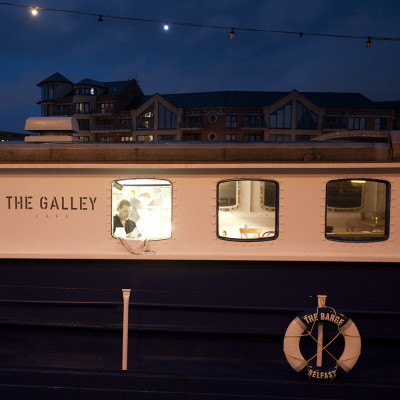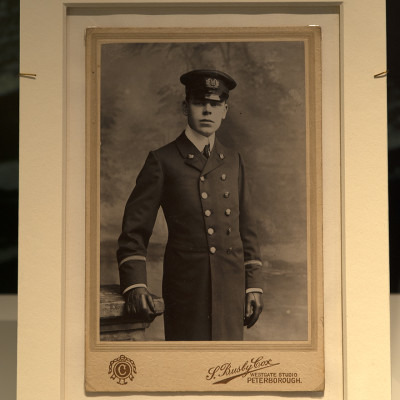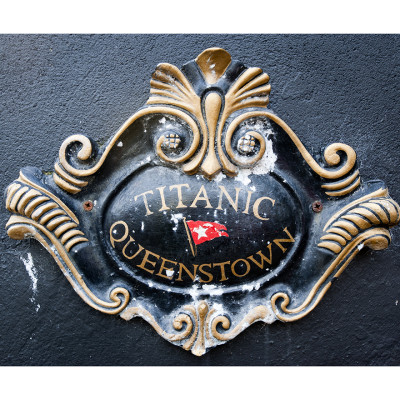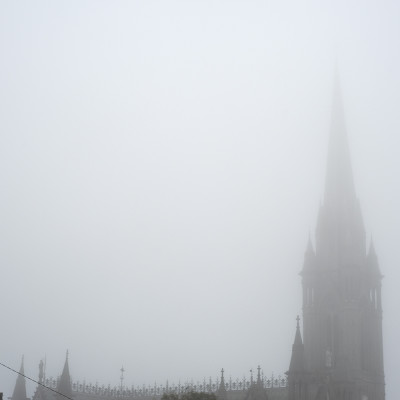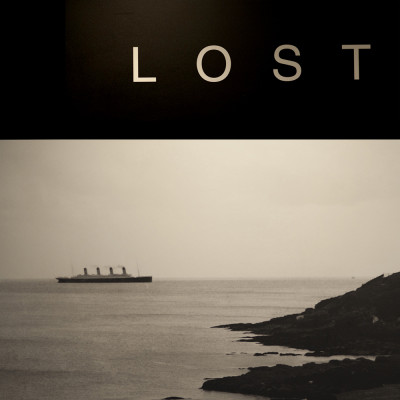The creation of a myth needs a lot of preparation. This was to be the dominant thought in the harbors of Belfast in the early twentieth century. But not only there. The industrial revolution paved the doors to progress, speed and records to beat. The birth of the Titanic and her sister Olympic, is part of those needs. The increased transport of new immigrants and commerce was an assured market for big shipping companies. The White Star Line financed the fleet that carried the dreams to a new world. America and Australia ‘in primis’. The hopes of those who escaped from hunger or those seeking new fortunes on the other side of the Atlantic were the common denominator of those who sailed with the Titanic. Class differences, the myth of the super-man, speed and its derivatives, sank on April 15, 1912. A tragedy that still persists in the collective memory of the families involved and those who had the power to choose the good fortune of thousands of people. Since 10 years, Belfast, the birthplace of the ‘unsinkable’ ship and her legend, faces a new challenge, clinging to its shipping past that made it famous in the world, to get close to the present.

